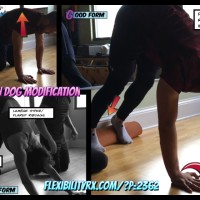
The following is a PRI (Postural Restoration Institute) inspired downward dog modification. Many women with chronic hip/low back pain and ‘tight’ hamstrings that I have worked with actually had overstretched hamstrings! To make matters worse their physical therapist or yoga instructor told them to stretch their hamstrings even more! Yoga has many amazing benefits – if we can find, feel, and engage the right muscles – especially the deep abdominal muscles and hamstrings.
Commonly Seen Bad Form
Overlengthened hamstrings
Overactive upper traps
Hyperextended elbows
Lumbar hyperlordosis/flared ribcage position
PRI Modification to Restore Neutrality of Pelvis & Ribcage
Pressing through heels to engage hamstrings
Elbows bent and arms externally rotated = tricep engagement
Internal rotation of ribcage (down/back/in) = exhalation position
Facilitates internal obliques and transverse abdominus
PRI yoga instructor Lori of Pilates Central in Wilmette Illinois
This downward dog modification creates a zone of opposition for the diaphragm that pairs hamstring engagement with deep abdominal and triceps engagement.
Women in particular with ‘tight hamstrings’ tend to have overstretched hamstrings in the first place that are further strained by being overlengthened in the downward dog.
By locking out the elbows the upper traps are over-recruited and the triceps are disengaged.
Too much of a tucked chin position and a downward gaze disengages the abdominals.
The ribcage position needs to create a zone of apposition for the diaphragm. The IO’s and TA’s (deep abdominal muscles) bring the ribcage into a position of exhalation.
This helps combat what the Prague School of Rehabilitation (DNS) refers to as the Extension Compression Stabilizing Strategy.
This compensatory stabilization strategy overstretches the hamstrings (excessive anterior pelvic tilt) and flares the ribcage (forward/up/out position) placing strain on the hip flexors and compresses the discs of the lower back.
The Postural Restoration Institute refers to this compensatory strategy as a loss of a zone of apposition.
What I have found clinically working with chronic low back pain patients and especially women with jaw pain is that overstretched hamstrings (the ability to palm the floor) and a ribcage stuck in a position of inhalation is that they have lost their sense of the floor.
The heels ground the pelvis via the hamstrings.
Women tend to be more prone to laxity than men, but both who experience chronic tightness have an anteriorly tilted pelvis that needs the hamstrings to pull the pelvis back into a neutral position.
The hamstrings work with the internal obliques and transverse abdominus to maintain the neutrality of the pelvis and ribcage.
Yoga has many benefits, but both men and women need to be careful when using positions that can overstretch and disengage the hamstrings. This Extension Compression Stabilizing Strategy manifests many chronic conditions from low back pain to loss of shoulder internal rotation.
I have alleviated chronic jaw pain in at least a dozen women by reintegrating hamstring engagement with the abdominals.
This PRI concept explains that when the sense of the floor is lost (grounding through the heels/hamstrings) the teeth become the new floor.
In other words the jaw muscles are over facilitated and cannot inhibit until the pelvis is returned to neutral position with a different respiratory strategy that allows for a ribcage that can go into a position of exhalation (internal rotation).
“I have struggled with chronic jaw pain for years. Despite wearing a mouth guard at night, I still had constant tension in my neck and jaw. Kevin explained to me that the laxity in my hamstrings, ribcage flare, and stressed breathing pattern is what contributes to this type of tension. After doing one hamstring/core exercise in office and later that day, I spent the next day free of jaw pain for the first time in years.” – Julie Nelson
Office workers, athletes, and yoga practitioners need to stop stretching their hamstrings!
By restoring a zone of apposition a position like the down dog becomes beneficial once again by switching the muscles that are working (essentially turning it into a completely different exercise).
The Extension Compression Stabilizing Strategy is characterized by an overuse of inhalation muscles: low back, quads, lats, pecs, calves, upper traps, SCM’s, scalenes, etc…
This PRI Down Dog modification facilitates exhalation muscles: hamstrings, internal obliques, transverse abdominus, serratus anterior, and triceps.*
*I’m using this framework while acknowledging the fact that muscles exert influence across three planes of motion and that their function will be altered depending on the ‘fixed point’ for motion, and whether that fixed point is acting in an open or closed chain position. This framework is in context with a Bilateral Extension Compression Stabilizing Strategy.
Triceps?
The triceps are the hamstrings of the shoulder. They help maintain scapular position so that the shoulder blades don’t ride up into the neck and facilitate accessory muscles of inhalation like the scalenes and SCM’s to pull the air in because the ribcage is flared and the shoulder blades are malpositioned.
Low Back?
Chronic low back pain patients that I have worked with that cannot fully exhale (and are overworking to inhale) even pull air in through their low back (arching their back and overusing their anterior neck).
The descended and over flattened diaphragm has lost it’s ability to parachute up and enter it’s dome shape on the exhale which sets up a rebound flattening on the inhale.
The hamstrings are what hold the pelvis in place so that the pelvic floor and pelvic diaphragm can interact with the respiratory (thoracic) diaphragm creating a pumping action.
Quads?
Hyperactive quads that can contribute to anterior pelvic tilt are maintaining a descended pelvic floor position which prevents reciprocal ascension of the pelvic and respiratory diaphragm. This state of inhalation prevents reciprocal exhalation which is ascension of the pelvic and respiratory diaphragms.
Lats?
The lats can contribute to anterior pelvic tilt and overextension of the low back. An overextended individual often times has tight lats contributing to a flared ribcage/inhalation state.
Serratus Anterior?
The serratus anterior helps pull the ribcage down, back, and in – into a position of exhalation.
This retracting of the ribcage is what allows for the posterior mediastinum to expand (holds contents of thoracic cavity) which is a prerequisite for trunk rotation. Instead of over extending the thoracic spine which closes down the posterior mediastinum (as commonly seen in the overstretched downward dog).
I say overextending the thoracic spine because thoracic extension should come from a ribcage that is in a neutral position. A neutral position allows us to move in and out of internal and external rotation in the sagittal plane and rotate through the ribcage and spine in the transverse plane.
That is the same as saying that going into normal lumbar lordosis is not the same as lumbar lordosis from an already overextended position – that is held in place through altered respiration, neurology, and biomechanics.
The nerves of the thoracic region (sympathetic ganglia) become compressed in this extended position which keeps an individual in a neurological state of fight or flight. This is an inability to downregulate inhalation muscles and the sympathetic nervous system.
Relieving tightness and chronic pain patterns requires a neurological and respiratory system to alternate and reciprocate by being able to engage the parasympathetic nervous system rest and digest as needed.
This global altering of the function of muscular chains and repositioning of the pelvis and ribcage will give a more accurate reading of what actually is tight and will eliminate many trigger points in the process, as Pavel Kolar says, “Trigger Points are in the Brain.”
Namaste
– Kevin Kula, “The Flexibility Coach”
References
PRI Pilates Central Yoga Class (link)
PRI Pelvic Restoration Course (link)
PRI Postural Respiration Course (link)
PRI Myokinetic Restoration Course (link)
PRI Cervical Revolution Course (link)
PRI Impingement & Instability Course (link)
PRI Advanced Integration Course (link)
DNS Exercise 1/2/3 Courses (link)
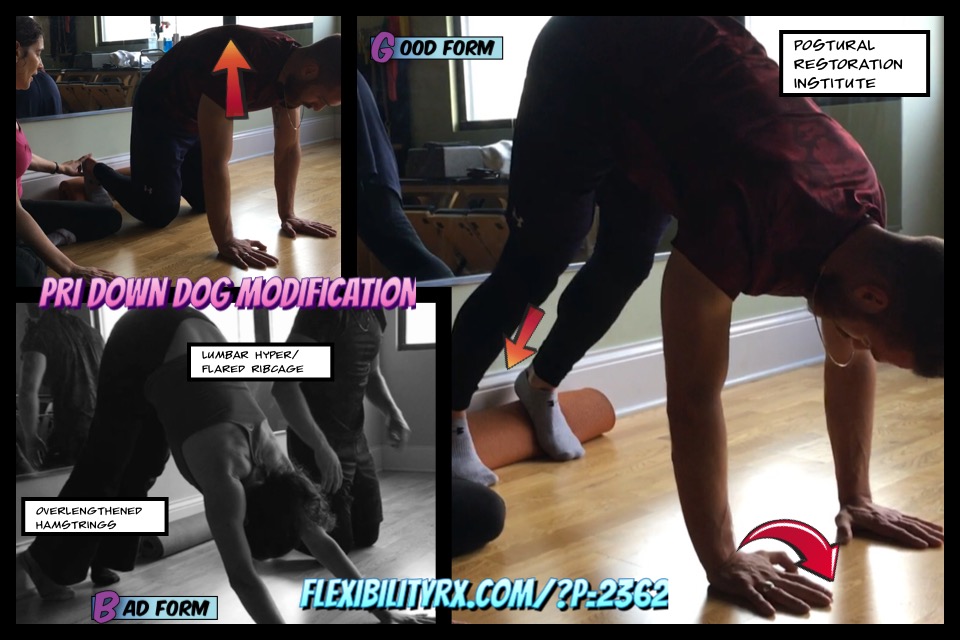
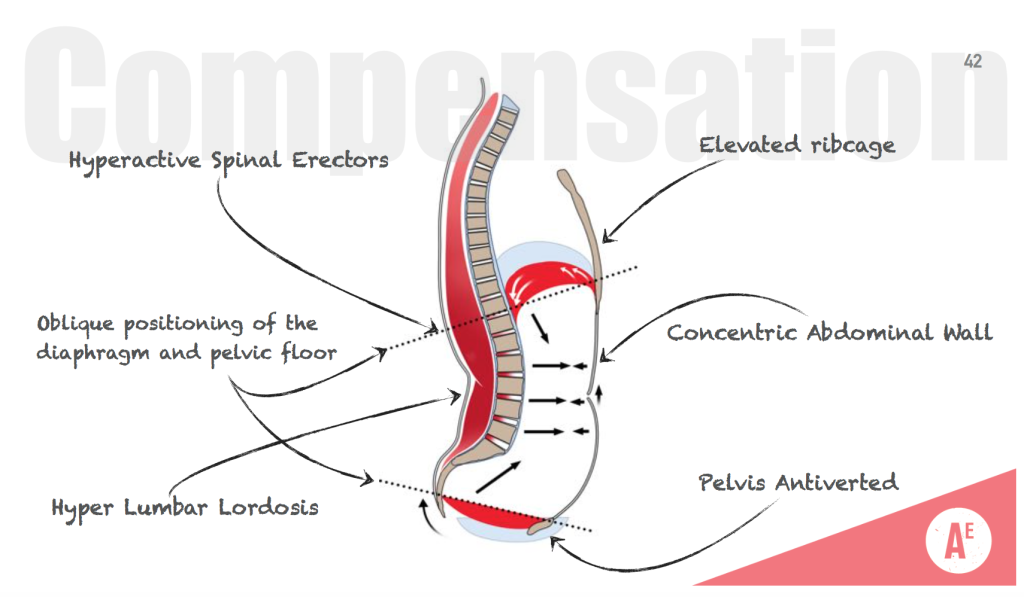
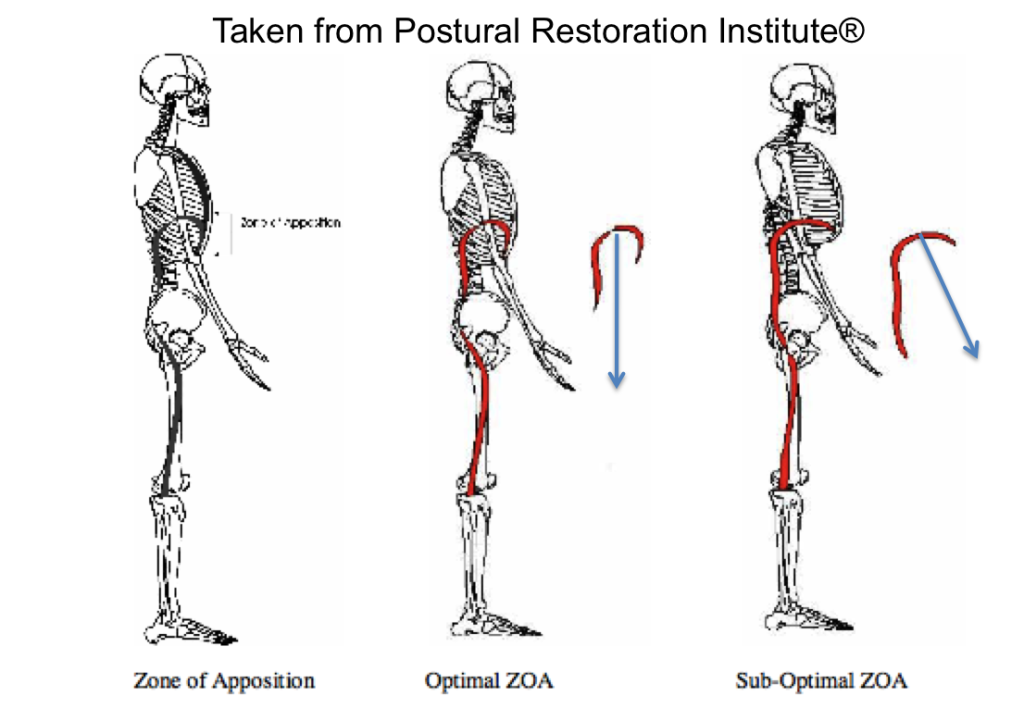
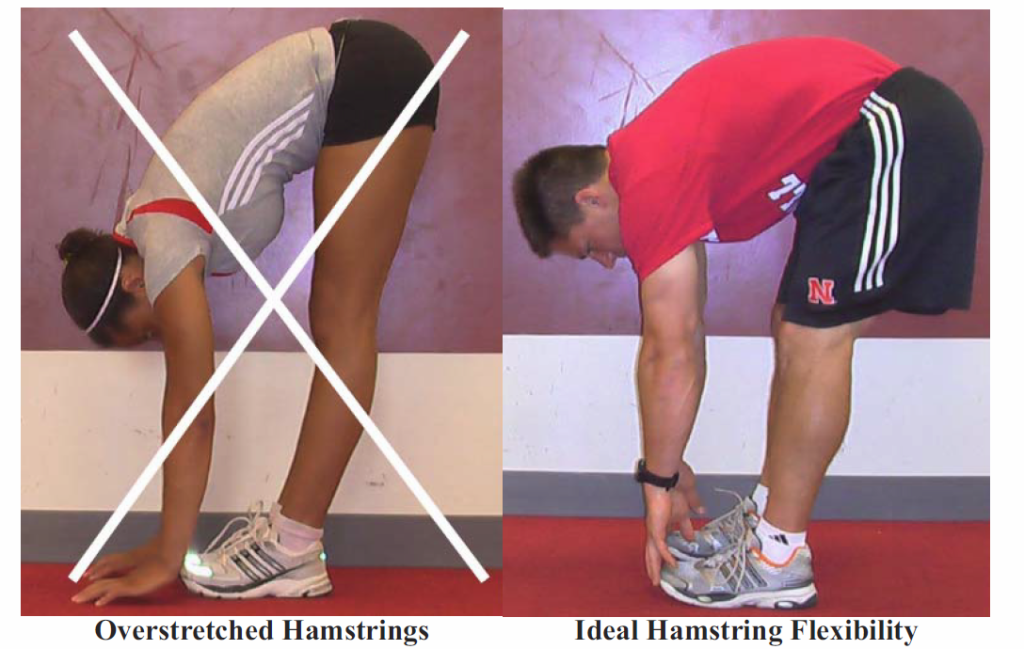
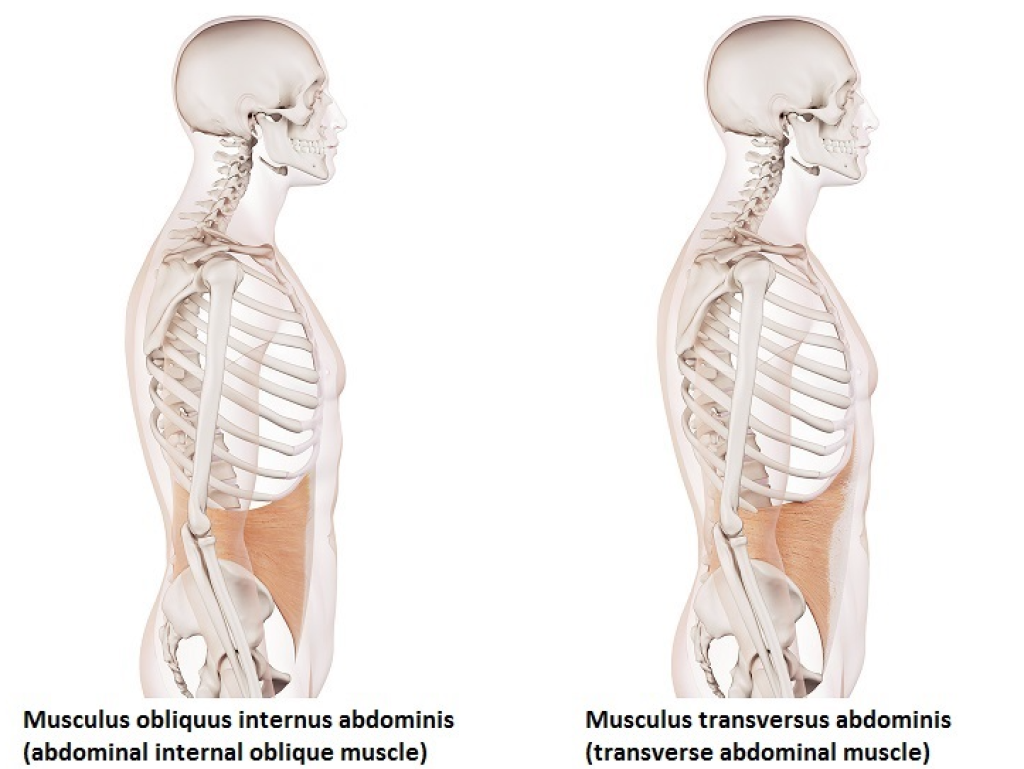
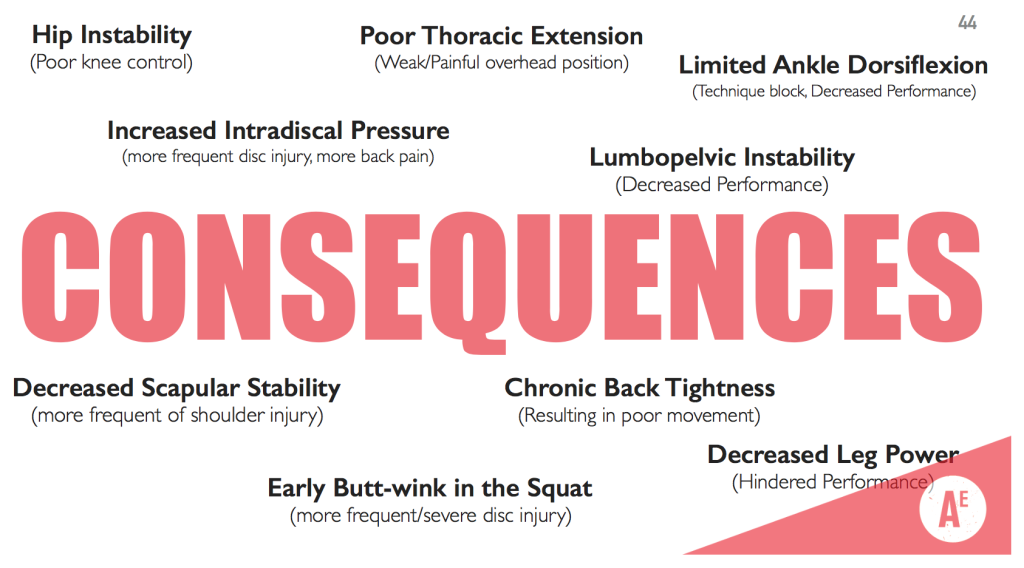

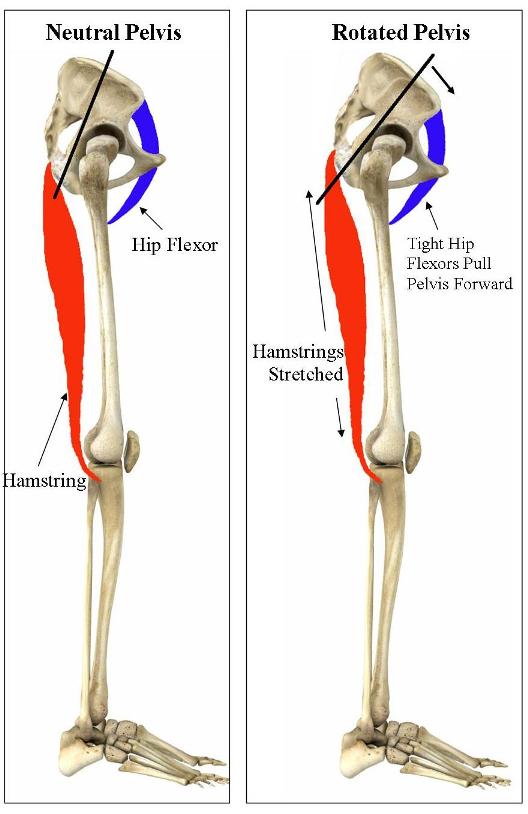
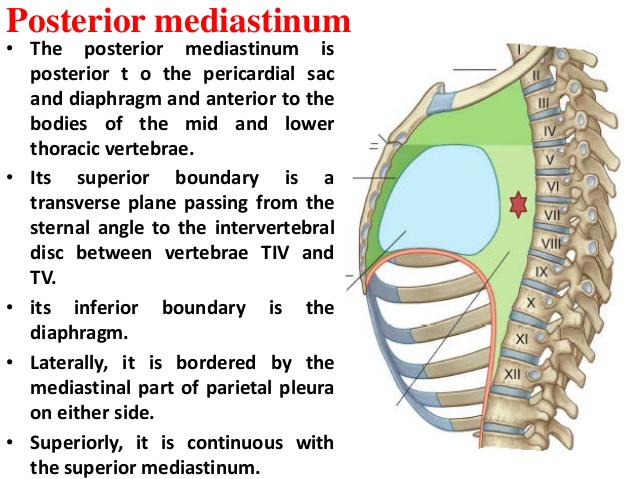
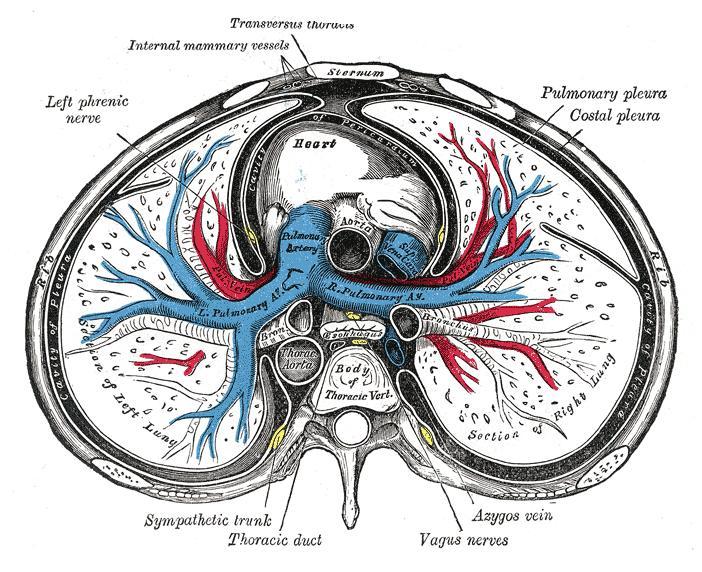
Leave A Reply (No comments so far)
You must be logged in to post a comment.
No comments yet